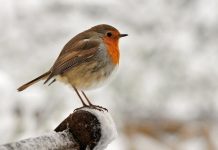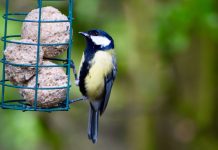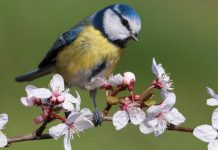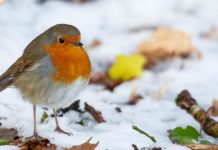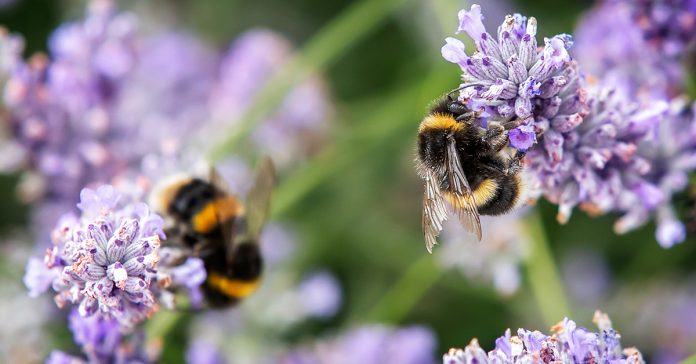Who doesn’t love to see a bumbling bee buzzing around their garden? These fascinating little insects are wonderful natural pollinators, and should be a welcome sight in your garden. Bees are such effective pollinators that if they were to go extinct, our landscape would completely alter, with us losing all the plants they pollinate. But how much do you know about British bees?
How to attract bees to your garden

Did you know that there around 250 species of bees native Britain? While there is a vast array of bees you could spot while in the garden or when out and about in the countryside, the vast majority of the ones you’ll see are detailed below. Bees are vital for fertilising both flowers and veg patches alike, so you should actively try to encourage them in your garden.
By planting a variety of plants in your garden which bloom at different times of the year you’ll be massively helping the bee population, especially if they’re rich in nectar. Wisterias and dead nettles are perfect for springtime; comfreys, thymes, and bellflowers for the midsummer months; and lavenders, ice plants, and coneflowers for late summer leading into autumn. Solitary bees will make great use of any insect hotels you have hanging around your garden, too.
Try to actively avoid using pesticides, as these will impact the bees and other helpful insects around your garden. It’s best to leave mother nature to her own version of pest control, so as to prevent harmful chemicals getting into the food chain. Encourage wild animals like hedgehogs and toads to come into your garden instead to take care of those irritating pests.
Bumblebees

There are around 24 different species of bumblebees around Britain, but there are roughly only 7 of those that you’ll likely spot around your garden. These gentle insects live in smaller colonies than the honey bee, and they nest underground. Bumblebees will scent mark flowers they’ve already visited, so are pretty efficient pollinators.
Bumblebees are among one of the few bees to not die if they sting you, either. While it’s common knowledge that some bees die if they sting you, the bumblebee is able to pull its sting out and fly away. They’re such gentle creatures that they’ll only sting you if provoked; only the females sting, as the males don’t have a stinger.
Carpenter bees
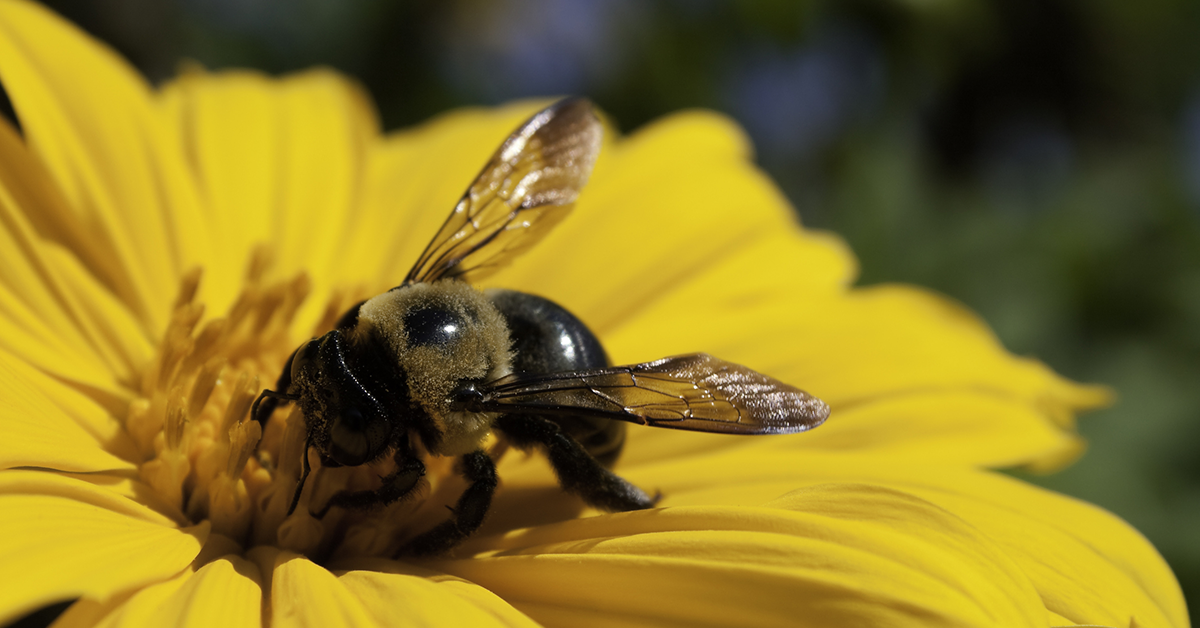
While the carpenter bee looks similar to the bumblebee, this little fellow makes its home in bamboo or any dead wood it can find, making them aptly named. Carpenter bees are solitary and don’t live in colonies, as are most of the bees on this list. They can appear aggressive, but they are attempting to intimidate you away from their home. The aggression is mostly for show because the male bee is unable to sting.
Honey bees
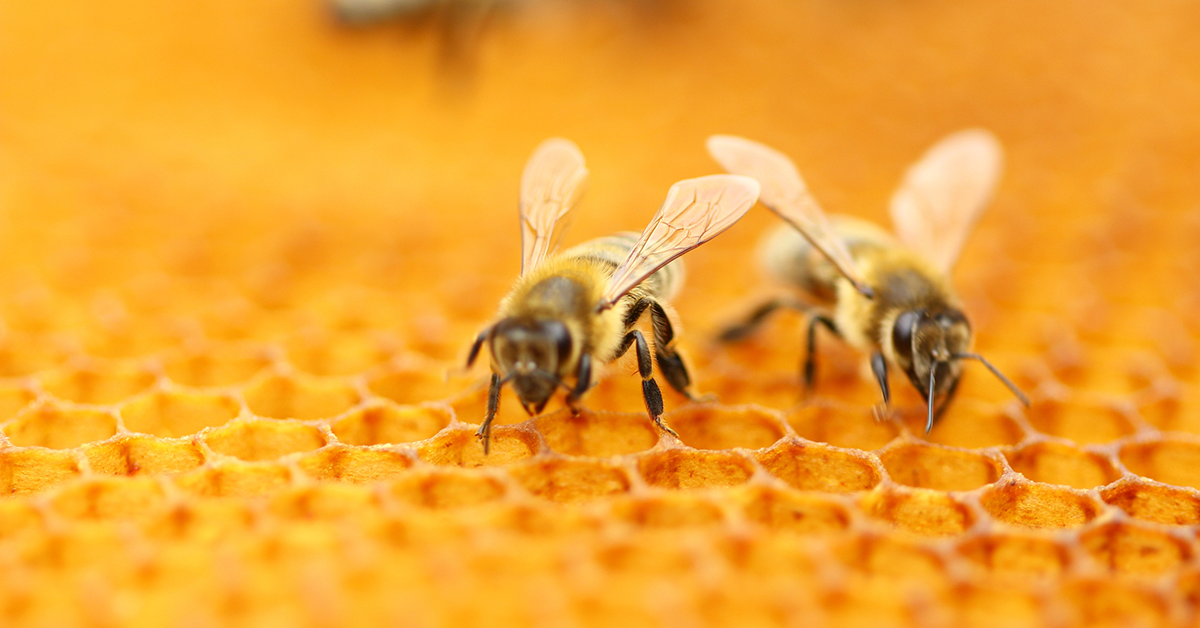
When you think of a stereotypical bee living in a colony with thousands of other buzzing bees, a honey bee is probably what springs to mind. Honey bees live in colonies of anything between 20,000 and 60,000 other bees, who all contribute to the running of the hive with daily tasks and maintenance.
Honey bees communicate with one another using pheromones, and by using a “waggle dance”. When a bee discovers a new source of nectar, they will waggle in a figure of eight to show its fellow bees the direction they need to go to find it. The waggle dance is fascinating; the angle the bee waggles shows the direction the flower lies in, and the duration of the waggle shows the distance they will need to travel.
Leafcutter bees
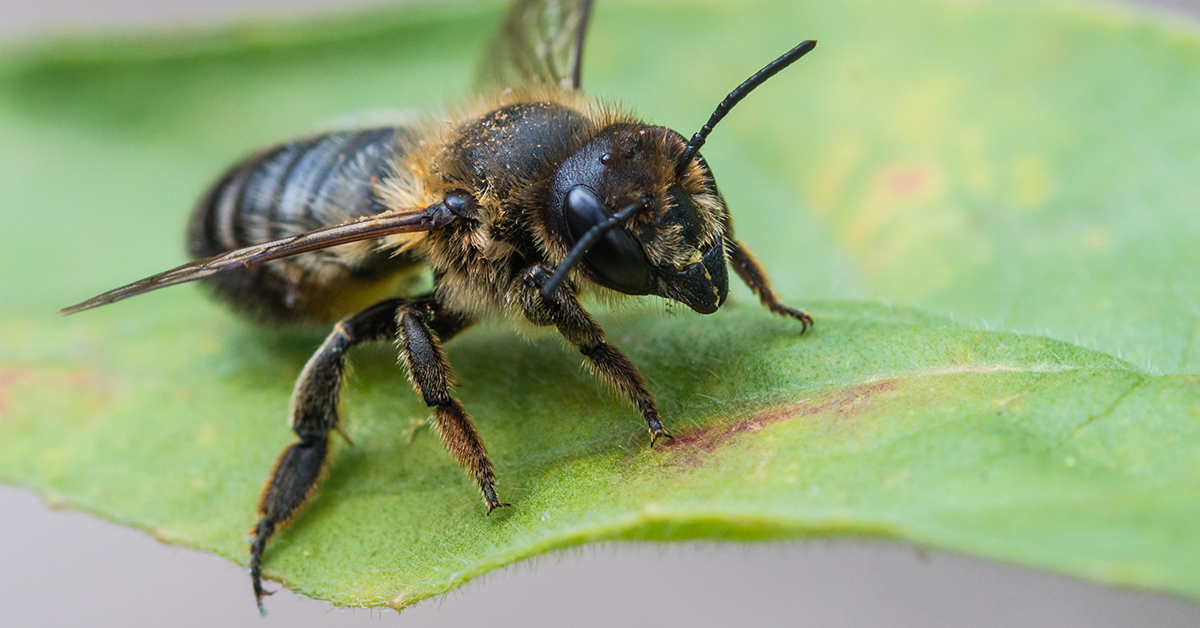
Similar to the carpenter bee, leafcutter bees get their name from how they create their homes. Leafcutter bees use their mandibles to cut off sections of leaves – roses are a particular favourite – which they then use to create the cells they use for their nest. The bees will use ready-made cavities, like those in an insect hotel, to create their homes.
Leafcutter bees are even more efficient pollinators than the honey bee. This is because the pollen they collect is dry, which means it falls off their legs more easily when they flit from flower to flower. So you’ll know your garden is being well fertilised if you spot one of these friendly bees in your garden!
Mason bees

These fascinating bees get their name from the way they use mud to create their nest. Mason bees tend to use ready-made cavities in wood, walls, or the hollow stems of insect hotels. They can occasionally form a temporary group of bees to protect their collective young, despite being solitary bees. However, these improvised groups will have nowhere near as many bees as you’ll find in a bumblebee or honeybee hive.
Mining bees
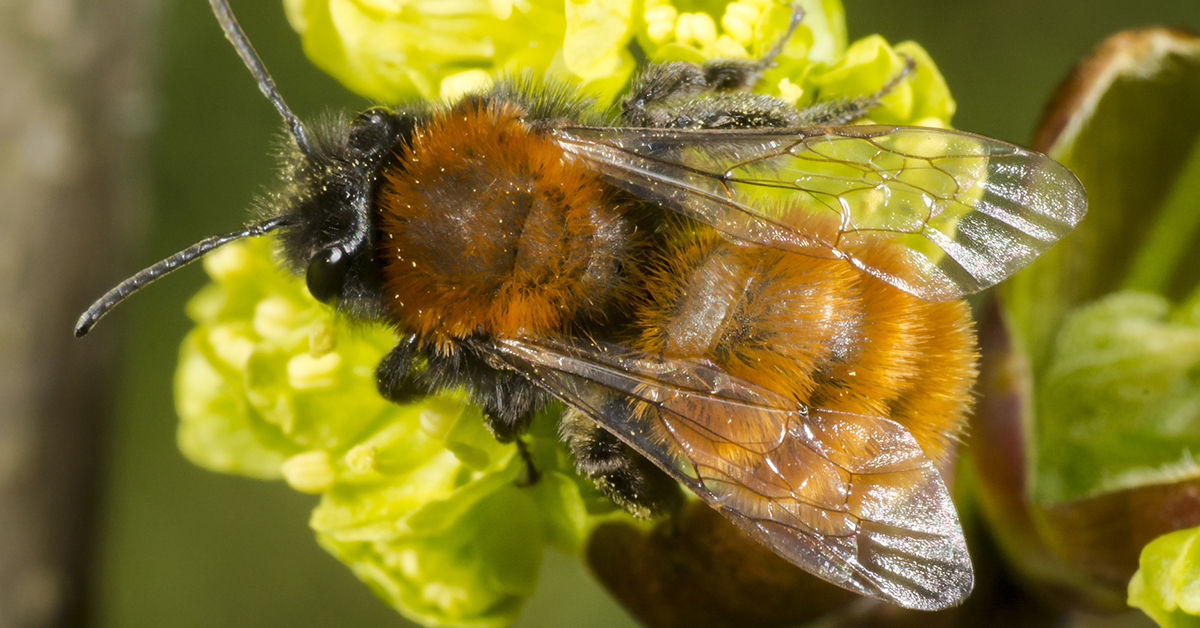
Image source: stockthor via Getty Images.
Mining bees are also solitary bees. These fellows like to make their nests underground, and will make sure to aerate your soil, which helps plants get their roots deeper. Mining bees tunnel into the earth and then lay their eggs in different tunnel cavities. There are several different species of mining bee, all of which will be beneficial to your garden, and they are completely harmless.
How many of these bees have you spotted either in your garden or while out and about in the countryside? Let us know over on our Facebook page!
Lead image: vyasphoto via Getty Images.





